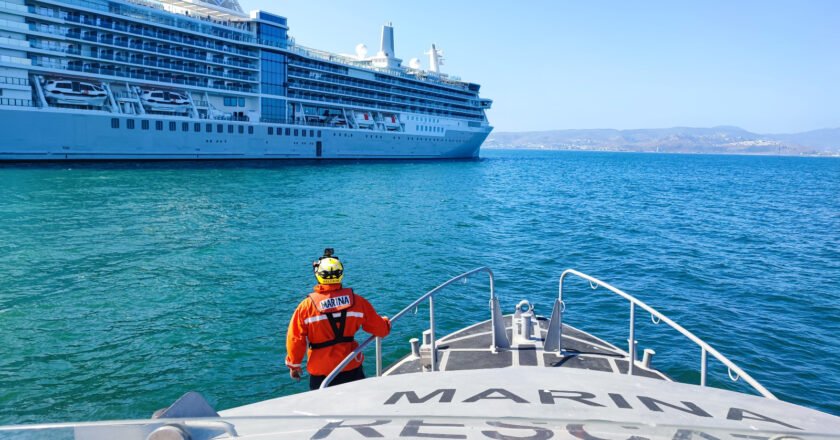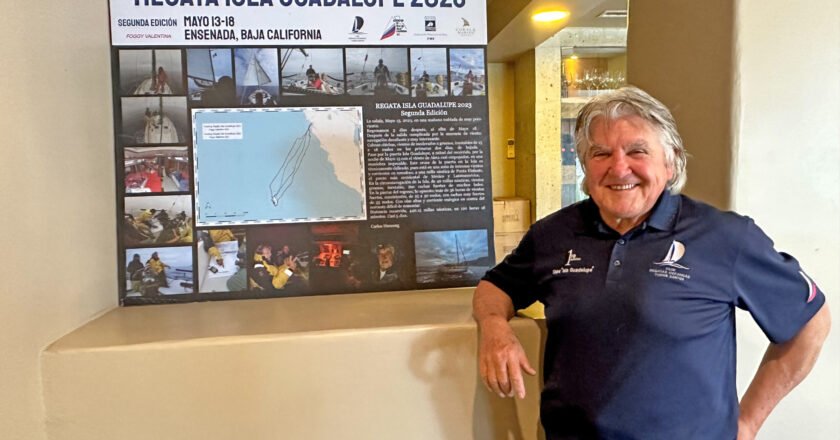Baja California has always been a hotspot for sun, surf, and, let’s be honest, some of the most drool-worthy tacos …


Baja California has always been a hotspot for sun, surf, and, let’s be honest, some of the most drool-worthy tacos …

Rosarito just threw a birthday bash for the books! The city celebrated its 139th anniversary, and let me tell you, …

Tijuana.- The Baja California government has secured federal funding totaling 800 million pesos to purchase land for a new desalination …

Every May 8th, we celebrate World Red Cross and Red Crescent Day. It’s a special time to acknowledge the local …

The Mexican Navy, operating through its Coast Guard duties, successfully carried out a medical evacuation in recent days. This operation …

Roll out the red carpet, Baja California! Netflix is making waves in our coastal paradise with their latest series, “Gringo …

How to download a PDF of this publication:1. Locate the icon toolbar at the bottom part of the newspaper window. …

BY LUISA ROSAS Carlos Hussong is not just a former tuna fisherman turned maritime law expert; he is also a …

Finally! Santa Anita Territorial Dispute Resolved. The governments of Ensenada and Playas de Rosarito have begun the process to officially …

It seems like there’s a bit of confusion stirring in the air between Ensenada and Playas de Rosarito over the …